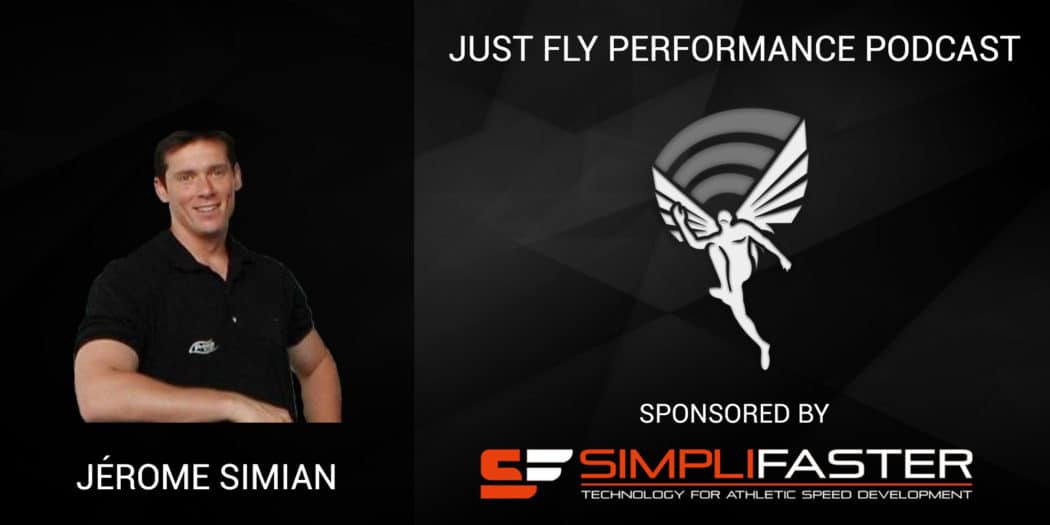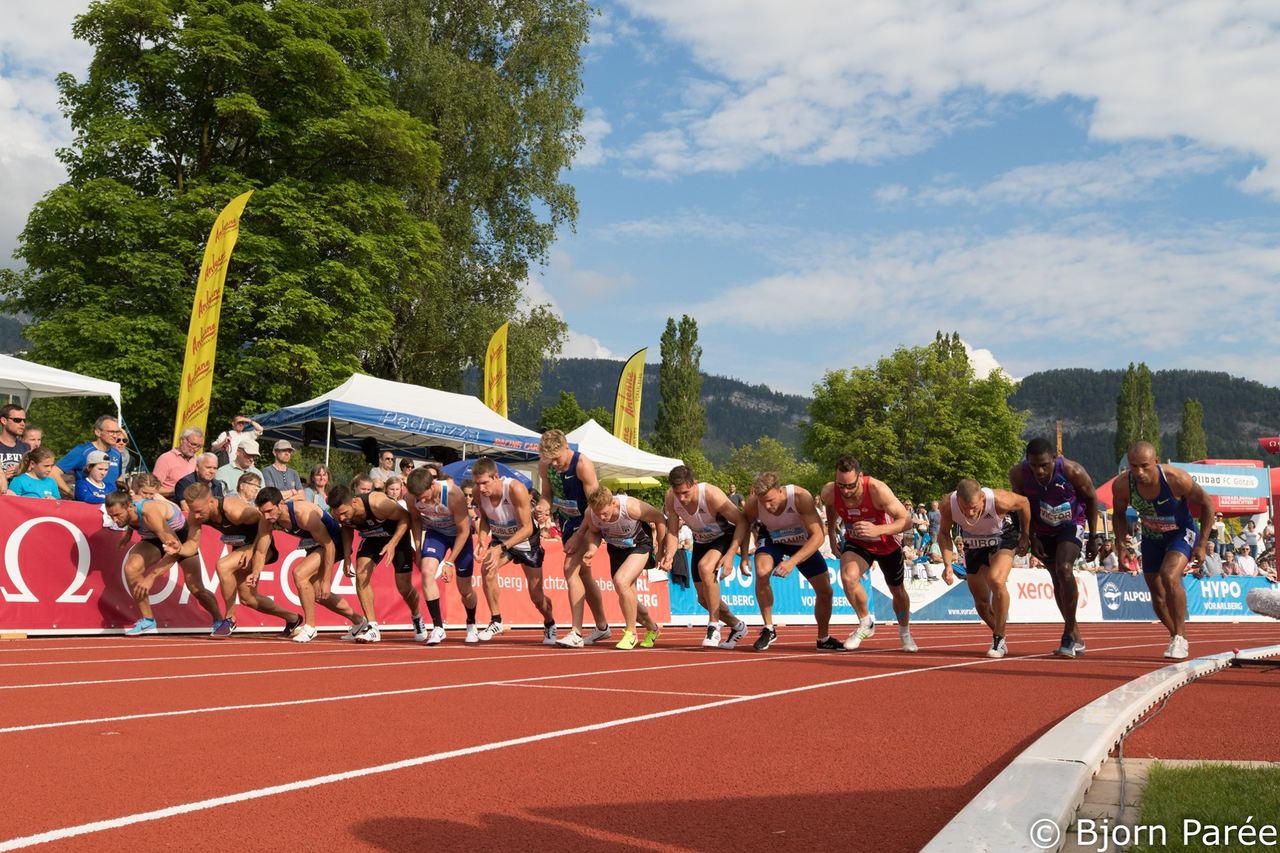Building a World Record Holding Decathlete: Just Fly Performance Podcast

Just-Fly-Sports: episode #133
In cooperation with Just-Fly-Sports-Performance, we are sharing some of their notes from a podcast episode with a French physical preparation coach, Jérome Simian.
Jérome is a coach who not only has been trained by some of the best minds in the world (Jay Schroeder and Charles Poliquin) but also works with some of the greatest athletes in the world, notably Kevin Mayer, the new decathlon world record holder who broke Ashton Eaton’s old mark with an incredible score of 9126.
After Kevin Mayer broke the record, Jérome wrote a fantastic article on Strength Sensei about some of the training that allowed Kevin Mayer to overcome back and foot issues, as well as a weak start in his races to progress to a point where he is now the world record holder.
One of the big issues with physical preparation is that the higher the level the athlete is, the less weightroom and barbell lifts will transfer to that athlete’s on-field performance. All too often forgotten is that it is not what you do but how you do it. Jérome is truly a master of the how. This episode is a must-listen for any track and field or strength coach, as what Jérome did with Kevin Mayer is truly phenomenal.
On this episode, Jérome will cover his approach with Kevin Mayer, how he fixed some of Kevin’s imbalances, his approach to maximal strength training (and then eventually a lack thereof) with Kevin in his lead up to setting the world record. There are also many tips to the nuances of exercise performance within this episode.
Key Points
Jérome’s training of Kevin Mayer, world record holder in the decathlon
How Jérome approaches basic barbell
Strength training for athletes in terms of posture, position and muscle firing
Kevin Mayer’s initial performance needs
When Mayer came to Jérome
Why Jérome decided to stop doing any significant barbell lifting in Kevin’s training for a period of many months
Why exact exercise selection is not nearly as important as how you do what you are doing in the weightroom or track
“Strength training and resiliency are not separate qualities”
“Kevin’s muscles were fighting each other in lifting… it was more a coordination problem”
“There is constant control around the joint at all times; there is no time where the muscle is completely relaxed”
“You want to pull (down) with your hip flexors when you squat”
“For the RDL I’ll pinch the skin on the lumbar spine… and that teaches them how to get into the proper position… I don’t like telling them pull with this, think about a muscle, etc.”
“Extreme ISO’s are supposed to be movement”
“(When he came to me) Kevin was more a kangaroo than a racehorse”
“We never get very far from ATG squats because that keeps his hips loose”
“(Regarding a period of time in Kevin Mayer’s training) No (heavy) squatting no deadlifting at all from October to March”
“It’s the concept of metaphors; if you are producing 300lbs one way, but resisting 75lb the other way, you are better off producing 200lb one way and zero the other way (in terms of building efficient movement)”
“If you want to lift and be good for sport you have to have a healthy disregard for the amount of weight on the bar”
“Do you want to be strong, or do you want to lift heavy weights, they are not necessarily the same”
To learn the details and enjoy this full episode: visit Just-Fly-Sports
To get the full taste of it, make sure you also visit the original article that sparked the interest to create this podcast episode: got to Synaptic athletics
About Jérome Simian
Jérome Simian started his coaching career in 1998. Since then, he has coached athletes to compete in seven Olympic games, to World and European medals, as well to national records and dozens of national championships. His experience ranges from track and field to professional rugby, to figure skating, to mention only a few.
In a country where good athletes are helped for free and coached by the federal system, his private practice was built on helping those who did not fit the standard performance requirements. That often meant helping them return from injury all the way back to high level performance. His methods are therefore results based.
If the methods look different, they are. They were born of a constant quest for sports improvement not just fitness exercise progression. Results cannot afford the constraints of dogma or traditional thinking. This quest is fueled by the study of the fundamental subjects of physiology, neurology, and current research, but also by information gleaned from coaches that have demonstrated superior results.
Jérome has worked with athletes holding 22 major championship medals and 7 national records in track and field. European record in the men’s heptathlon. He is the physical prep coach of high level athletes in Tennis, Skeleton, Ice Dancing and Golf among other sports.




Comments